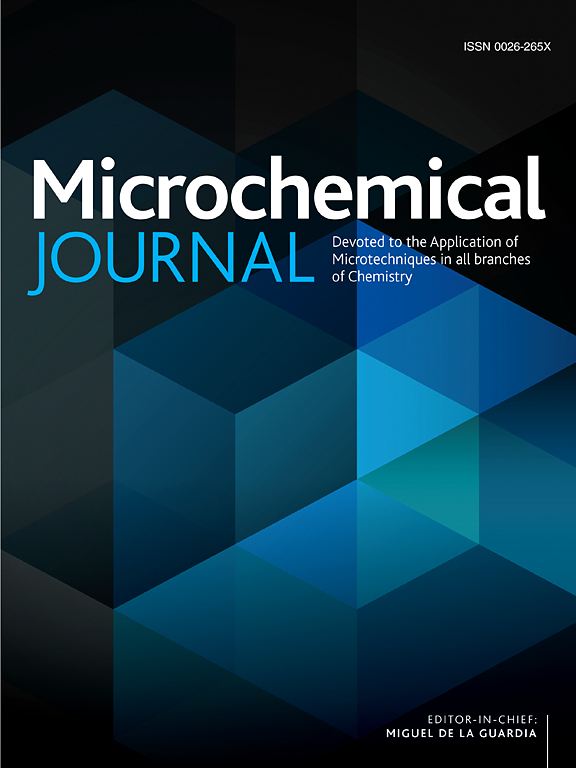Metal-organic frameworks: Biosensor applications for diagnosis of cancers
IF 4.9
2区 化学
Q1 CHEMISTRY, ANALYTICAL
引用次数: 0
Abstract
For early cancer diagnosis and therapy, development of sensitive and selective methods for cancer biomarker detection is crucial. One of the most powerful technologies for cancer early detection in development is biosensor technology based on nanostructures. Recently, researchers are becoming more interested in porous materials, especially metal–organic frameworks (MOFs). This is because of their unique physicochemical properties, high surface area, tunable pore scales, and good adsorption abilities, which makes them an innovative class of porous materials. Consequently, MOFs have been proposed for various applications as biosensors as well as biomedical applications, such as tissue engineering, drug delivery, and imaging agents. Because of their high porosity, analytes can be adsorbed effectively, which makes them suitable for sensing applications. MOF can be fabricated by three main methods, i.e., solid, liquid, and gas phase approaches. The unique aspect of this review is the thorough explanation of three different methods used to fabricate MOFs, as well as the further used techniques/methods. Additionally, this review article provides an in-depth discussion of the different cancer biosensor applications, including lung, breast, and prostate. Ultimately, the article explores potential future directions, highlighting promising avenues for further research involving MOFs. It emphasizes the importance of developing cost-effective, fast production methods and leveraging cutting-edge technology. This comprehensive review is a valuable tool that can aid in the development of future research projects using comparable nanomaterials.
求助全文
约1分钟内获得全文
求助全文
来源期刊

Microchemical Journal
化学-分析化学
CiteScore
8.70
自引率
8.30%
发文量
1131
审稿时长
1.9 months
期刊介绍:
The Microchemical Journal is a peer reviewed journal devoted to all aspects and phases of analytical chemistry and chemical analysis. The Microchemical Journal publishes articles which are at the forefront of modern analytical chemistry and cover innovations in the techniques to the finest possible limits. This includes fundamental aspects, instrumentation, new developments, innovative and novel methods and applications including environmental and clinical field.
Traditional classical analytical methods such as spectrophotometry and titrimetry as well as established instrumentation methods such as flame and graphite furnace atomic absorption spectrometry, gas chromatography, and modified glassy or carbon electrode electrochemical methods will be considered, provided they show significant improvements and novelty compared to the established methods.
 求助内容:
求助内容: 应助结果提醒方式:
应助结果提醒方式:


